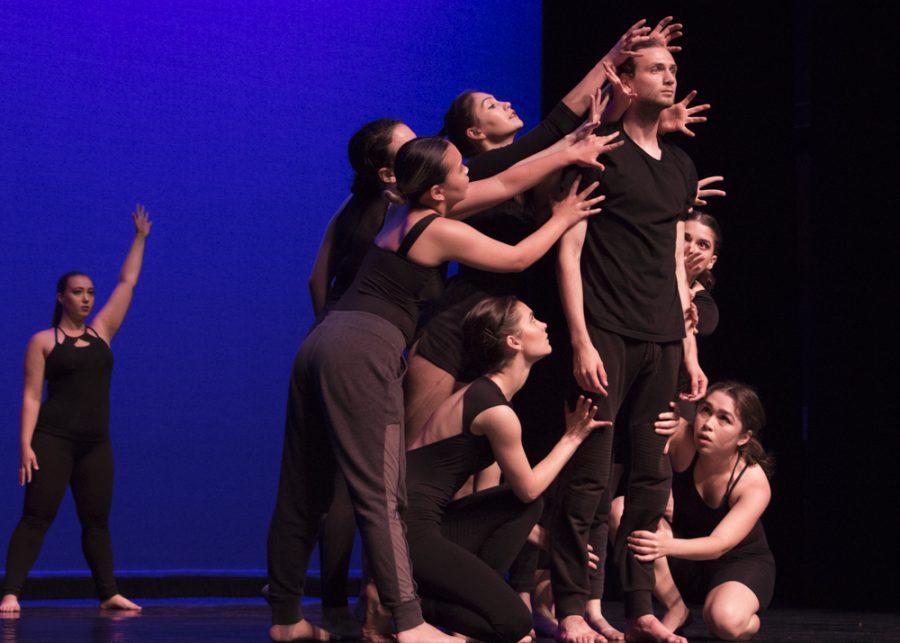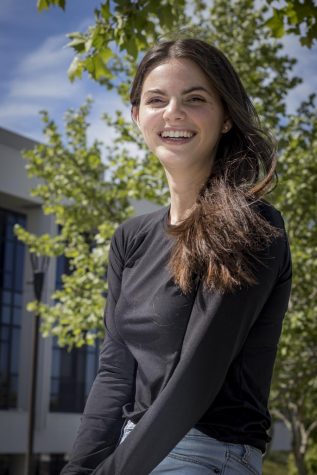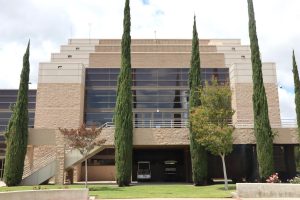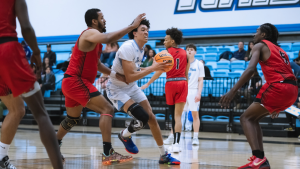Dance students open a national honor society chapter as enrollment in program begins to drop
Students of the performing dance ensemble class surround fellow student, Kevin Holland, 20, during their dress rehearsal performance on Wednesday, May 15, in the Performing Arts Building. Holland has become a member of the National Honor Society of Dance Arts, and hopes to help more people learn to dance. Photo credit: Evan Reinhardt
May 23, 2019
Moorpark College’s Dance program is a community accepting of everyone, regardless of experience or background. The variety of classes offered cater to not only dance students but people generally interested in physical and mental wellness.
The number of students enrolling in Moorpark’s dance courses is shrinking, which, according to Moorpark dance professor Beth Megill, is due to students not having enough time in their schedules.
Many students work while attending Moorpark and often divide their time so they work two days during the week and load up on classes for the remaining two days. Megill understands that between the tight class schedules and jobs, there is little room or time for any elective opportunities in the dance department.
“What it means is: I wish I could take it, but it’s not a priority,” Megil said. “I think if people looked at that and asked, ‘What am I prioritizing?’ maybe that would be a shift.”
While students do have the option to take a course in dance to fulfill the arts and humanities section of the Intersegmental General Education Transfer Curriculum (IGETC) requirements, students may opt for other subjects like film or art history.
“It’s crazy to me that it’s only one. Over a two-year or three-year commitment and you’re gonna take one class? You’re going to take one 16-week course of ballet?” Megil said. “You don’t learn ballet in 16 weeks and you won’t stay fit after 16 weeks of pilates.”
Though many students have interests and priorities elsewhere, there are a select few dance students at Moorpark who are dedicated to getting the most out of the program.
With the help of Megill, student members of the Moorpark Dance program recently started up their own chapter of the NHSDA, or National Honor Society for Dance Arts. The NHSDA is a widely-recognized national honor society offering a unique skill set to students interested in dance.
The program is split up into different levels, with chapters existing at middle schools, high schools and colleges nationwide. In fact, Loyola Marymount University and Santa Susana High School are just a few examples amongst a long list of schools who currently have NHSDA chapters.
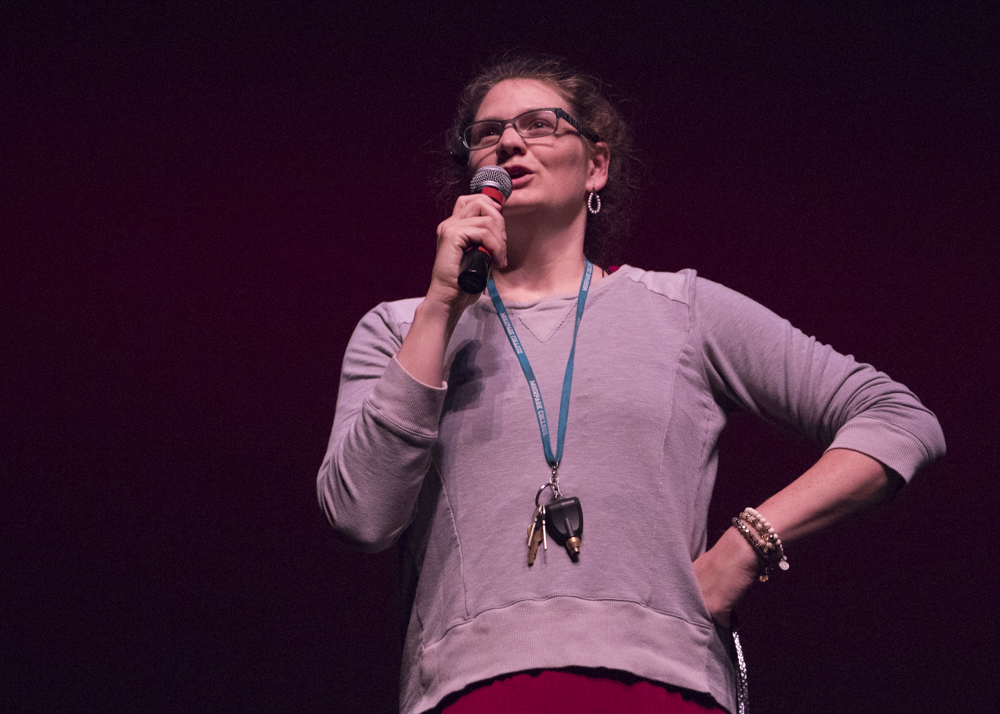
Megill, the chapter’s sponsor, has spent many years with the National Dance Education Organization (NDEO), which is the organization behind NHSDA, attending and presenting at conferences.
She said that the NDEO has been trying to prepare students for the professional world of dance through the honors society they have created.
“I’ve been to a number–at least a dozen–conferences over the years and I often present. They started promoting student chapters. What we’re learning is that in many states, there’s really poor preparation for arts education, specifically dance education,” she said. “There’s a sense of ‘if you’re a good dancer, therefore you will be good in the dance industry or in the dance education world.’ Unfortunately, that’s not really the case, and people are getting into the industry without really knowing what is required of them and the challenges that they’re gonna face.”
These challenges include working cohesively with others and having a sense of responsibility and concern for the hard work that is done behind the scenes.
One goal for this honor society is for students to gain a keen sense of problem-solving and leadership beyond what they learn from the classes already offered at Moorpark.
Through this program, aspiring dancers can have access to exclusive research publications and can write for scholarships as well.
However, these resources are not meant to be used only by students majoring in dance or theater.
Hannah Rios, the president of Moorpark’s NHSDA chapter, spoke on the importance for students of all majors at Moorpark to enroll in dance classes and join the honor society.
“I want this to be a club where people could work on their dance interests, whether it’s teaching, choreographing, maybe going into dance history, even physical therapy, any sort of thing,” she said. “Finding like-minded peers to collaborate with and also having the mentorship to give them the confidence and the opportunity to pursue that.”
Megill has watched many students over the years come to love dance, even when they belong to a different program of study. She knows there are people who love to dance in addition to their main academic interest and want to be recognized for it, which joining the honor society could help do.
“It’s actually really valuable for the people who aren’t dance majors but who are so invested and so involved. Some of our most involved, invested students are not dance majors,” Megil said. “They might be child development majors, education majors, nursing majors. We had a physics major who was in everything, took all the classes because she just loved dance. So, there’s no restriction on the major you need to have.”
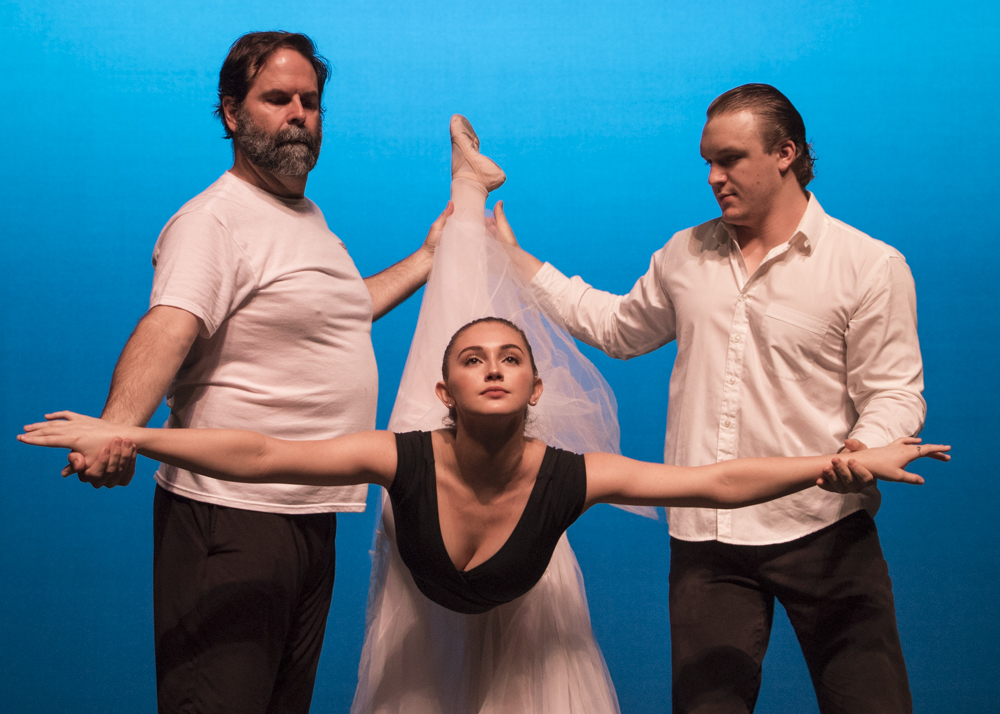
Because the chapter officially began this semester, the students who are part of the society are currently working towards being inducted. There are certain criteria for induction as well as graduating with honors.
Students must earn a minimum of 40 points to be inducted and 120 points to graduate with honors. These points can be earned by taking dance classes, performing in concerts, and attending state conferences.
Anastasia Kostromin, a dance student, and Jenyce Johnson, a theater student, both joined the honor society and are working towards induction. They spoke about some perks the honor society offers and the decrease in students enrolling in dance classes.
“In recent years, our dance department has been shrinking. I’ve personally noticed that dance really brings out the creativity in students,” Kostromin said.
She then mentioned what the honor society can bring to the table.
“You get teaching experience, you get more exposure to other dancers,” Kostromin said.
“You get to go and compete, too,” Johnson added.
In fact, the Moorpark NHSDA chapter recently coordinated an event at Fillmore High School, where they taught students dance routines they choreographed. This, among attending other state conventions and events, show the level of involvement and passion that exists in this honor society, and they are just getting started.
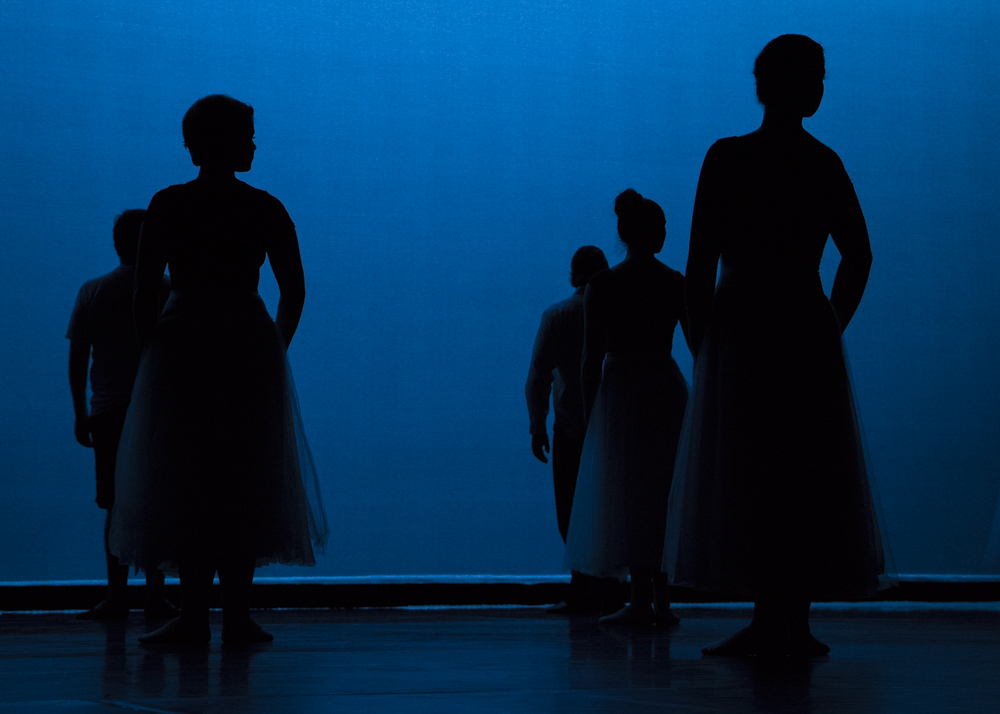
So far, they have put efforts towards spreading their name around campus, such as flyers and social media, and plan on continuing these efforts next semester. They currently have eight members and wish to grow their club in the coming years.
Rios wishes to have the club become more collaborative as it expands, and encourages students, if not the honor society, to join in the dance department and enroll in classes.
“For people that are not in the dance department here, you should come take a dance class,” she said. “Because they offer it for anyone–any age, any level–and some of the classes count towards your general education in the art category and that is a physical dance class that you can take, so why not?”
For more information regarding the honor society, visit the NHSDA website. If you are interested in joining the honor society or want to know more about our dance department, email Beth Megill at bmegill@vcccd.edu.

